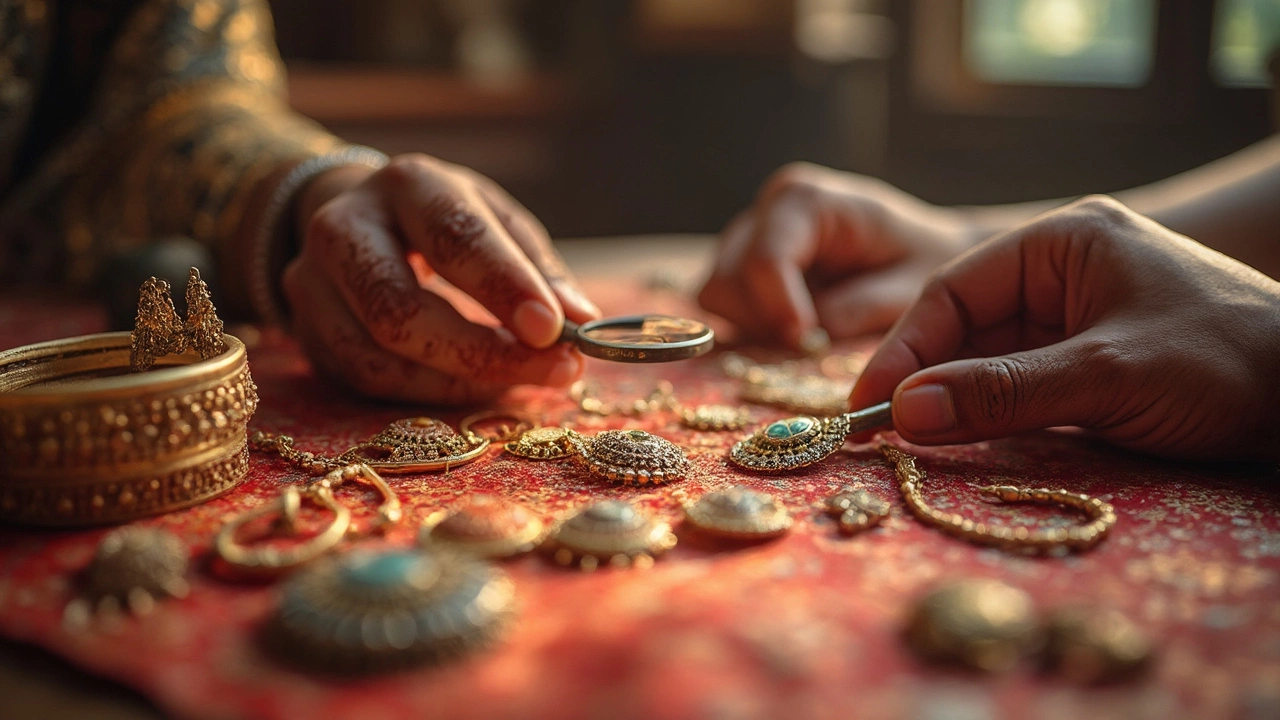Avoid Scams in Jewelry Shopping
When thinking about Avoid Scams, the practice of protecting yourself from fake or overpriced jewellery by checking facts, documents and seller reputation. Also known as Scam Prevention, it helps shoppers stay confident and save money.
One of the biggest risks is Jewelry fraud, the act of selling counterfeit, mis‑hallmarked or mis‑described pieces as genuine gold or diamonds. This fraud requires careful verification of hallmarks, certificates and seller claims. Avoid scams therefore means you need to match every claim with proof – a simple but powerful habit.
Key Areas to Watch
First, look at Gold authenticity, the verification that a gold item really contains the stated purity, usually shown by a 750, 916 or 999 stamp and an independent assay report. Pure gold behaves a certain way: it’s heavy, doesn’t tarnish, and the stamp should be legible. If the seller can’t provide a recent hallmark test, that’s a red flag.
Second, consider Diamond certification, an official grading report from labs like GIA, IGI or Hallmark that details a stone’s carat, cut, colour and clarity. Certified diamonds usually cost more upfront, but they protect you from overpaying for a low‑quality stone. When a seller skips the certificate, ask why – often it’s because the diamond is not genuine.
Third, evaluate the platform you use. Online shopping safety hinges on secure payment methods, clear return policies and verified seller profiles. If a site offers “pay later” without a reputable escrow service, you’re walking into a potential trap. Trustworthy e‑commerce sites display visible contact info, customer reviews and a physical address.
Another practical check is price comparison. A gold necklace that’s 30 % cheaper than market rates probably hides a flaw – perhaps alloy content or a fake hallmarked mark. Similarly, diamond prices that seem too good to be true often skip certification or use lower‑grade stones. Use a simple spreadsheet to log the asking price, hallmarks and certificate number; patterns emerge quickly.
Most scams also exploit emotional moments: weddings, festivals or birthdays. During these times sellers push “limited‑time offers” and pressure you to decide fast. Remember, genuine sellers respect your need to research. If you feel rushed, walk away – the deal will still be there when you’re ready.
Finally, keep documentation. Save receipts, certificates, and email conversations. If something goes wrong, these records are your strongest evidence. Many buyers forget this step, and later find it hard to claim refunds or report fraud.
By tying these habits together – checking hallmarks, demanding certificates, comparing prices, and using safe platforms – you build a solid defense against fraud. Below you’ll find a curated list of articles that dive deeper into each of these topics, from spotting fake gold to understanding diamond grading reports, so you can shop with confidence.
